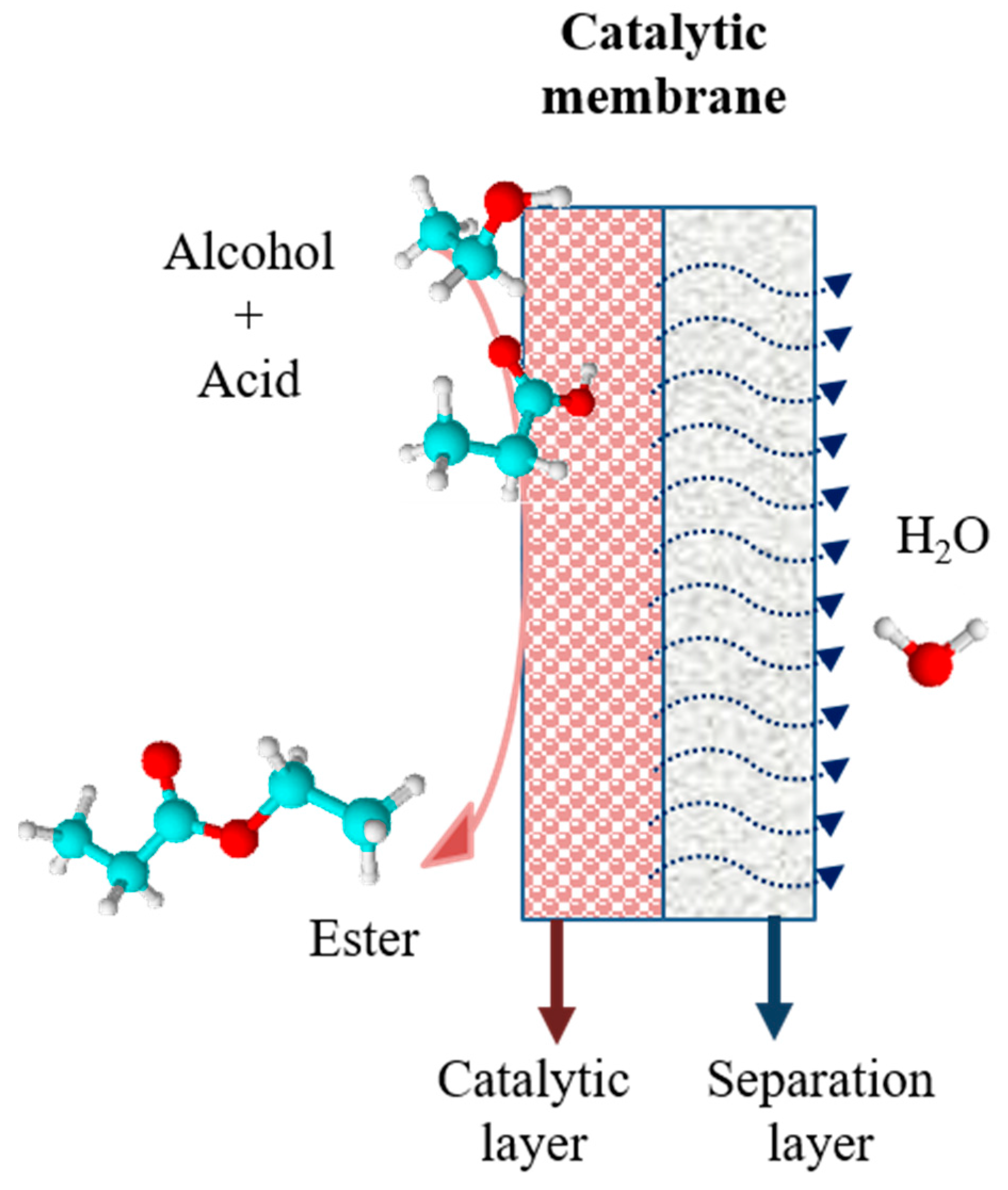
They found that NaCl penetrated the membrane structure and was present on the permeate side of the membrane. examined the effects of NaCl, MgCl 2, and glucose on the permeation performance of a 1-propanol/water mixture through commercial PDMS membranes PERVAP10. However, whether salts permeate through PV membranes and are deposited on the permeate side is a controversial subject. Salts affect both the mass transfer rate and driving force of the transport process of organic compounds through a polydimethylsiloxane (PDMS) membrane. Nonvolatile compounds can notably influence the PV performance. However, inorganic salts are also usually present in wastewater containing organic pollutants, limiting the application of PV membranes. In addition, various feed mixtures can be treated in one unit to realize a high degree of flexibility. The advantages over traditional methods include low energy consumption, high product purity, no environmental pollution, and simple operation. Mass transfer across a PV membrane can be described by three major steps: (1) sorption of valuable components on the active surface layer of the membrane, (2) transportation of components across the membrane via diffusion, and (3) desorption on the permeate side into the vapor phase under vacuum. The separation process of components is based on the difference in transport rates of individual components through a given membrane and can be explained by the solution–diffusion model. Pervaporation (PV) is a processing method used to achieve the separation of mixtures of liquids via partial vaporization through a nonporous, permselective membrane. The development of methods to recover and reuse valuable compounds retrieved from chemical effluents has attracted growing interest. Therefore, a highly efficient, cost-effective VOC recovery method is urgently needed. Traditional treatment methods include sorption, extraction, and distillation, which exhibit certain disadvantages, such as a high follow-up treatment costs, large by-product volumes, and complex feed conditions. In recent years, most chemical plants have employed affiliated facilities to purify wastewater before discharging it into the environment.

Furthermore, VOCs play a critical role in the formation of tropospheric ozone. These pollutants, originating from wastewater units, easily enter the air and indirectly impact human health. Volatile organic compounds (VOCs), such as ethyl acetate, are present in chemical effluents and are considered harmful due to their impact on the environment.


 0 kommentar(er)
0 kommentar(er)
